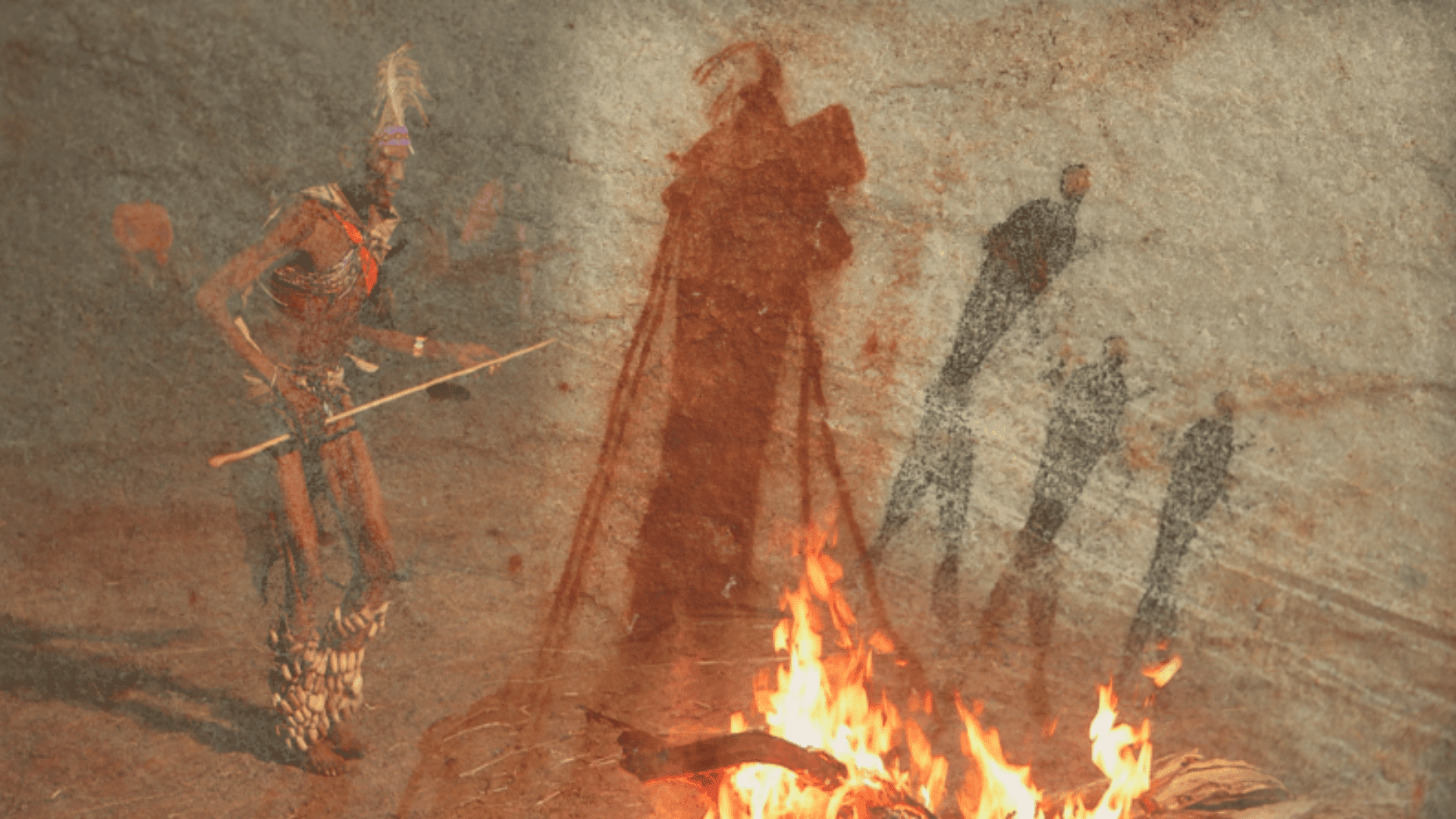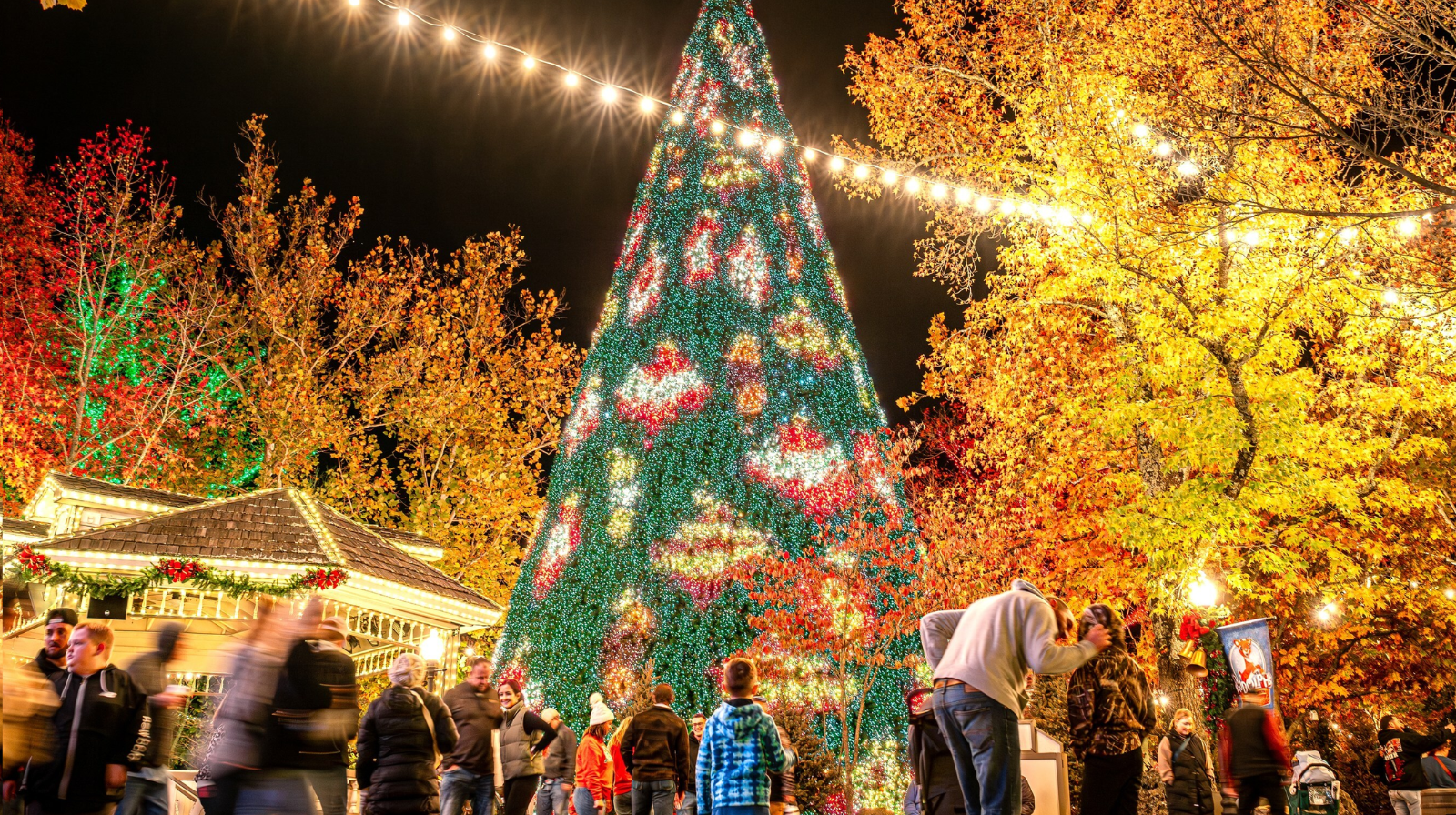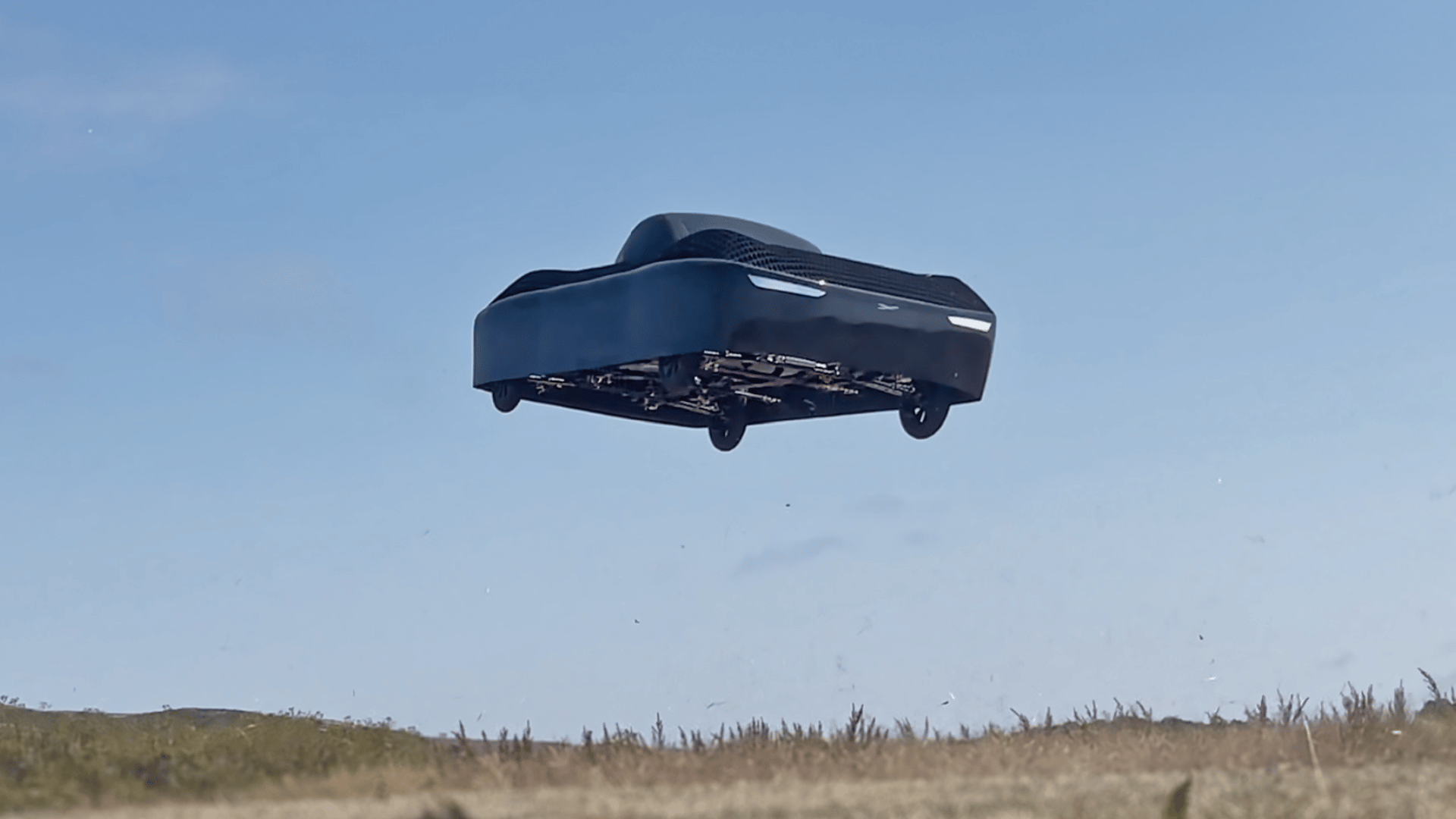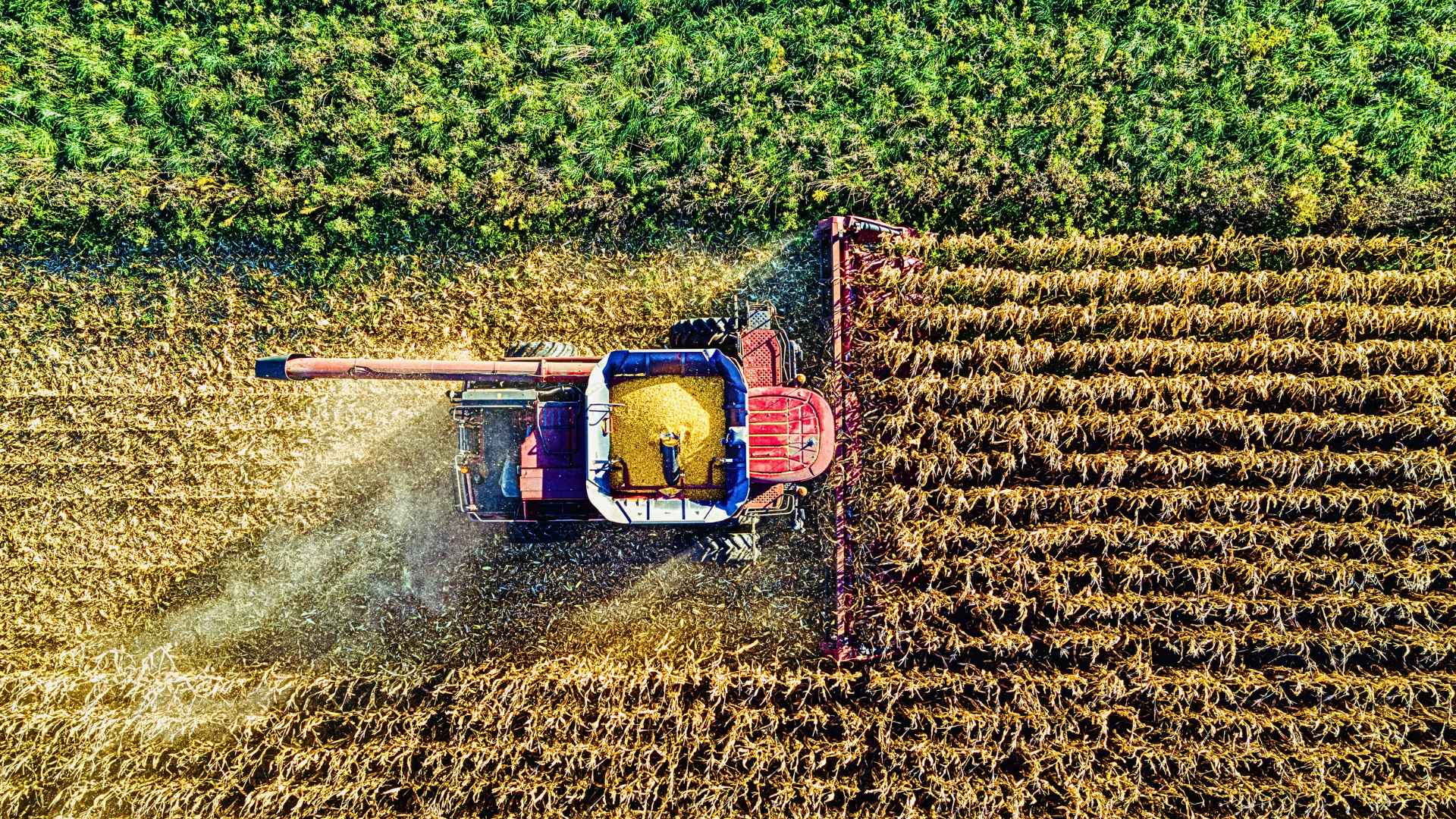A Cape Town-born artist has spent decades visiting ancient rock art sites in South Africa and producing millimeter-accurate replicas of humanity’s earliest paintings.
Replicas of Ancient Rock Art

Stephen Townley’s interest in ancient cave drawings began in the early 1970s, when he and his uncle happened upon cave drawings depicting half-animal, half-human shapes in the Cederberg Mountains of the Western Cape. The experience left him both curious and inspired, and he’s searched for ways to recreate these types of pieces ever since.
Bassett’s works go beyond ordinary replicas because, rather than using modern paint and brushes, he actually uses materials and tools that would’ve been available to the indigenous hunter-gatherers when they created the pieces, dating back up to 10,000 years ago.
“I’m a scribe, I document someone else’s art,” Bassett told CNN. “We don’t know the name of that particular artist so, in that sense, I’m a forensic artist.”
“It’s understanding what was in the hearts and minds of the people who created the paintings … I don’t just want to create copies or curio art. From the beginning, I wanted my work to be so exacting that researchers and academics could use it as reference material.”
The pieces that Bassett recreates were made by the San or the indigenous people of sub-Saharan Africa. According to local rock art curator Londi Ndzima, there are as many as 7,000 pieces across the Cederberg Mountains alone.
Artistic Process
Bassett spends days photographing, sketching, and measuring ancient paintings on various surfaces such as cave walls, boulders, and rock overhangs. Though the artist rejects the use of non-primitive tools for the actual brushstrokes, he utilizes modern tools like dental loupes, or magnification devices used in surgical work, to ensure he’s capturing every detail.
Once he’s returned to his studio in the Eastern Cape town of Komani, Bassett uses a series of tools, pigments, and binding agents to recreate the ancient art. The artist explains that rock art typically only consists of four pigments: red, yellow, black, and white. Red and yellow pigments are typically created with a natural clay pigment called ochre, black is made with charcoal, and white consists of a soft clay like kaolin.
After decades of trial and error, Bassett has successfully emulated the processes and tools used by ancient artists. For example, he uses egg, blood, and animal marrow fat as binding agents. He’s also created brushes using the shaft of a reed, propolis, and the hairs of a ground squirrel.
A big reason for Bassett’s pursuit of this type of recreation is preservation. As natural erosion by animals or weather meets man-made damage, these ancient pieces of history are at risk of being lost. Bassett hopes that his pieces will be a means of ensuring that these ancient masterpieces will stand the test of time.







